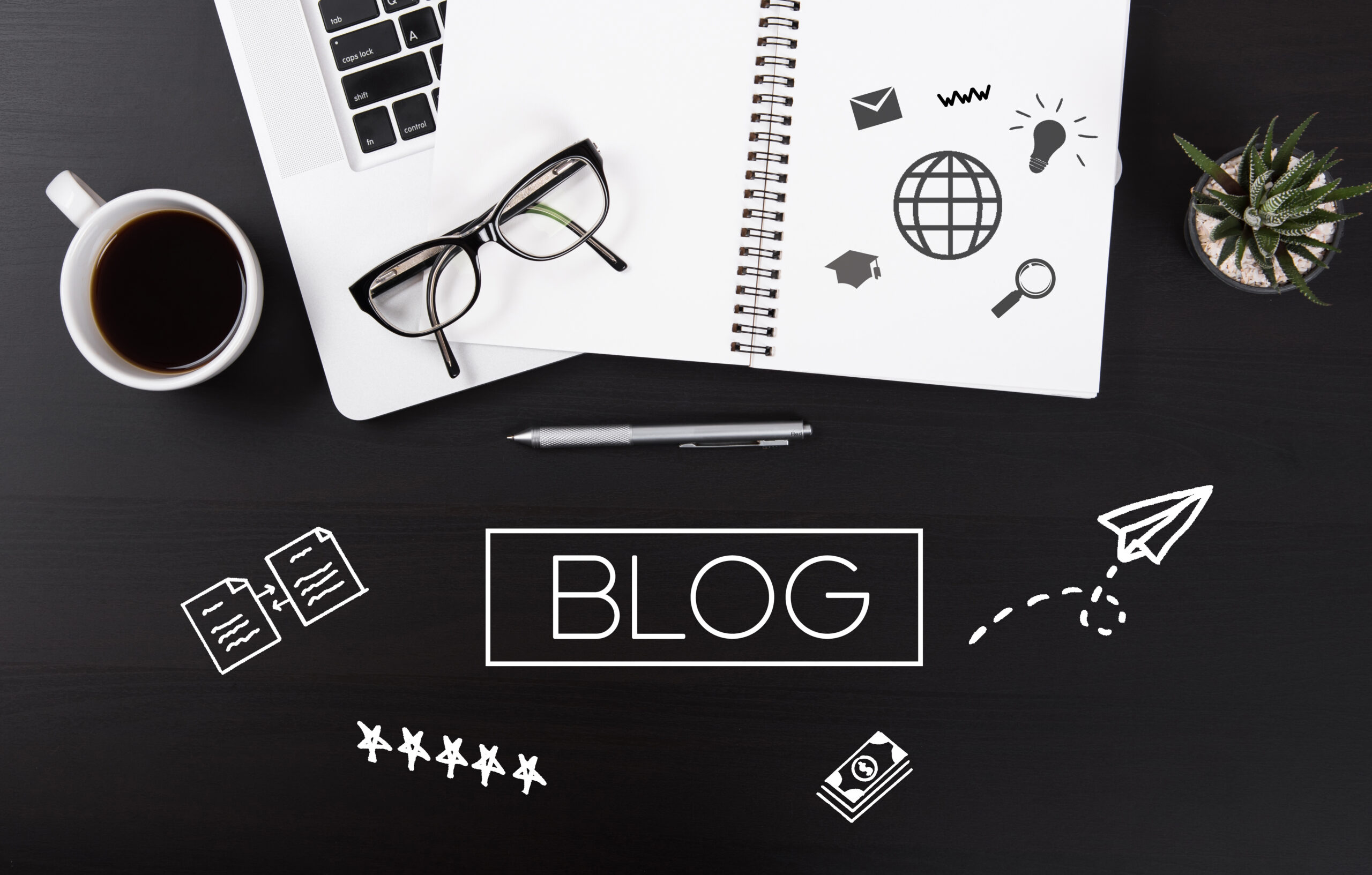ADHD, Email and Saving Time

It may seem that email is an efficient way to communicate. Or is it?
How much energy and time do you expend writing, responding to and thinking about your email? Alot, right? For many adults with ADHD, the constant barrage of email can be overwhelming.
Having a system for processing your inbox is the first step to reducing this sense of overwhelm.
The second step to minimizing the overwhelm you may be feeling is having a set of rules for how you write and respond to your email.
Anxious?
There may be times when you are simply nervous about responding to an email. When you notice this, ask yourself:
- What is my worry about?
- What is the best way to respond to this email?
- Who can help me figure this out?
Is that you have put off answering for so long that you are embarrassed to respond? There is no way around this one. Respond and include a sincere apology. “I am sorry that I have not responded before now. I have been swamped with year-end reports…”
Is it that you don’t know the answer to the request? You could reply with something, like:
- I don’t know, but you might want to ask Bob or look at XYZ site or…
- I don’t know, but I will find out and get back to you by Friday.
- I don’t know. I’m sorry I can’t help you.
There may be other reasons that you are afraid to answer particular emails. We all experience this.
Figure out how to respond. Because you know that trying to ignore the email will not make it go away. The anxiety will just continue to take up space in your head.
Responding Effectively
Do you sometimes overthink emails you receive? Maybe you even read things into them that are not there. And proceed to craft a lengthy response to what you imagined they wrote, possibly even missing the point.
Alternatively, do you read and respond too quickly at times? This may lead to more emails because you did not respond fully to the original email.
Not sure what they meant? You may be tempted to put off responding or respond without asking for clarification. This can also lead to another volley of emails and wasted time.
You can save time by:
- taking the time to read your emails carefully.
- responding to what they actually wrote, not to what you think they meant.
- responding completely so you can preempt more email.
- asking for clarification, when necessary.
Getting To The Point
And when you do write emails you want to maximize your chances of communicating effectively, of course. To do this keep your emails short and scannable (2-3 sentences paragraphs).
Recipients may not read your emails, if they are too long. Alternatively, recipients may get lost in the text and miss the point you are trying to make.
If you still feel a lengthy email is necessary, consider whether a conversation might be better.
Forget The Email – Have a Conversation
Sometimes it is better to pick up the phone or meet and have a conversation, rather than send an email.
For urgent matters always pick up the phone; you can’t be sure that they will see the email.
If you find yourself having an “email conversation” (back and forth multiple times) or needing to craft a lengthy response, a phone conversation can often save you time.
Though you may be tempted to “hide” behind your email, conversation is also better when the subject matter is sensitive and easily misinterpreted. You will likely communicate more effectively, as well as save time.
ADDed Perspectives Bottom Line
Having systems and rules for your email can help you save time and communicate more effectively. Need help getting on top of your email? Contact me and we can talk about how I can help you.
